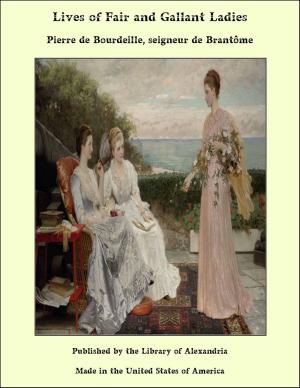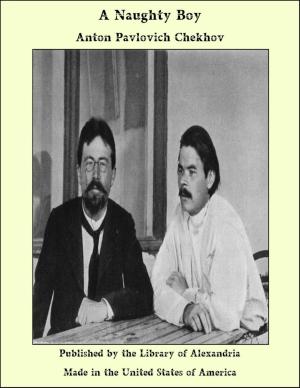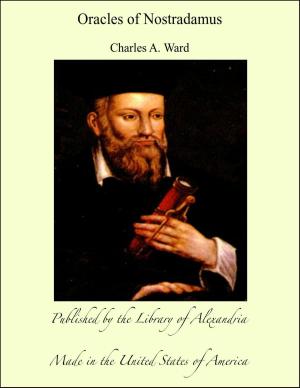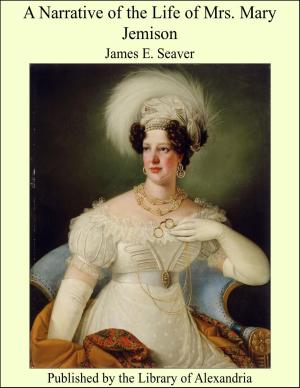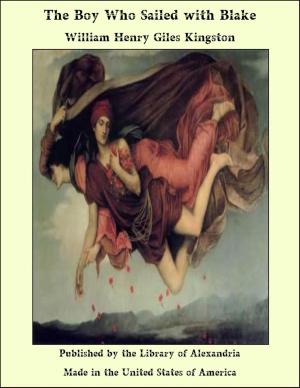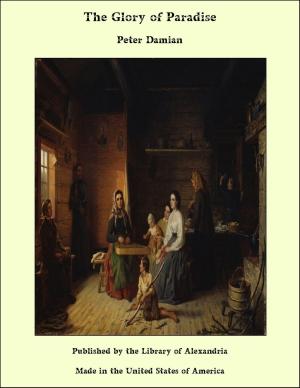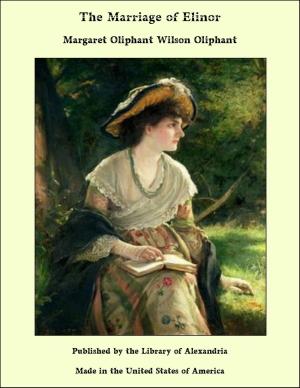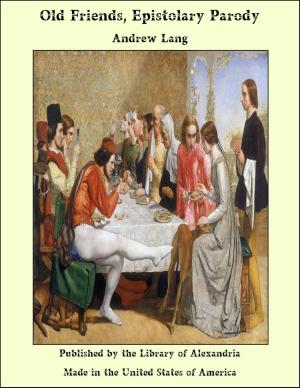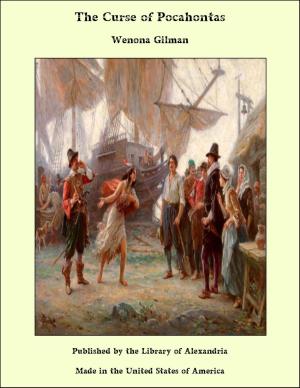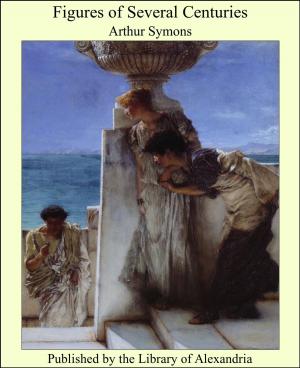| Author: | Franz von Reber | ISBN: | 9781465574046 |
| Publisher: | Library of Alexandria | Publication: | March 8, 2015 |
| Imprint: | Language: | English |
| Author: | Franz von Reber |
| ISBN: | 9781465574046 |
| Publisher: | Library of Alexandria |
| Publication: | March 8, 2015 |
| Imprint: | |
| Language: | English |
THE application of the historic method to the study of the Fine Arts, begun with imperfect means by Winckelmann one hundred and twenty years ago, has been productive of the best results in our own days. It has introduced order into a subject previously confused, disclosing the natural progress of the arts, and the relations of the arts of the different races by whom they have been successively practised. It has also had the more important result of securing to the fine arts their due place in the history of mankind as the chief record of various stages of civilization, and as the most trustworthy expression of the faith, the sentiments, and the emotions of past ages, and often even of their institutions and modes of life. The recognition of the significance of the fine arts in these respects is, indeed, as yet but partial, and the historical study of art does not hold the place in the scheme of liberal education which it is certain before long to attain. One reason of this fact lies in the circumstance that few of the general historical treatises on the fine arts that have been produced during the last fifty years have been works of sufficient learning or judgment to give them authority as satisfactory sources of instruction. Errors of statement and vague speculations have abounded in them. The subject, moreover, has been confused, especially in Germany, by the intrusion of metaphysics into its domain, in the guise of a professed but spurious science of æsthetics.
THE application of the historic method to the study of the Fine Arts, begun with imperfect means by Winckelmann one hundred and twenty years ago, has been productive of the best results in our own days. It has introduced order into a subject previously confused, disclosing the natural progress of the arts, and the relations of the arts of the different races by whom they have been successively practised. It has also had the more important result of securing to the fine arts their due place in the history of mankind as the chief record of various stages of civilization, and as the most trustworthy expression of the faith, the sentiments, and the emotions of past ages, and often even of their institutions and modes of life. The recognition of the significance of the fine arts in these respects is, indeed, as yet but partial, and the historical study of art does not hold the place in the scheme of liberal education which it is certain before long to attain. One reason of this fact lies in the circumstance that few of the general historical treatises on the fine arts that have been produced during the last fifty years have been works of sufficient learning or judgment to give them authority as satisfactory sources of instruction. Errors of statement and vague speculations have abounded in them. The subject, moreover, has been confused, especially in Germany, by the intrusion of metaphysics into its domain, in the guise of a professed but spurious science of æsthetics.

